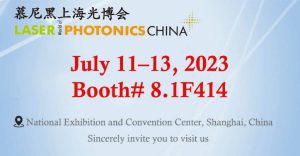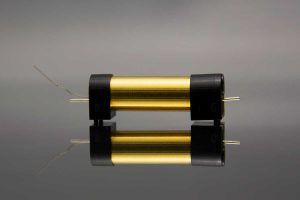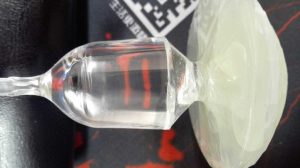Er:YAG lasers are solid-state lasers whose lasing medium is erbium-doped yttrium aluminium garnet (Er:Y3Al5O12). The triply ionised erbium dopant (a substance added in minute amounts to another pure substance to alter its conductivity) typically replaces a small fraction of the yttrium ions in the host crystal structure, since the two ions are of similar size. The erbium provides the laser activity in the crystal. Typical settings employed for birthmarks, age spots and superficial skin ablation are wavelength 2940 nm, short pulse, laser output 2.5–5 J/cm2, and pulse duration 250 microseconds. For relatively deep-seated scars, long pulse settings are preferable, at wavelength 2940 nm, laser output 3 J/cm2, and pulse duration 1000 microseconds. Highly doped (50%) Erbium YAG is a well-known laser source for producing 2940nm emission, commonly used in medical(e.g. cosmetic skin resurfacing), and dental (e.g. oral surgery) applications due to the strong water and hydroxapatite absorption at this wavelength. The high-powered erbium:YAG (Er:YAG) laser produces energy in a wavelength that gently penetrates the skin, is readily absorbed by water, and scatters the heat effects of the laser light. The Erbium Yag does not produce as much heat and penetrates only about 20 percent as deeply as CO2 lasers. They are used to treat wrinkles and scars that are less severe; treatments are less painful and produce fewer side effects.
- Products
- Applications
- Support
Cooperation
- Company
Others
- Blog
- Contact Us







